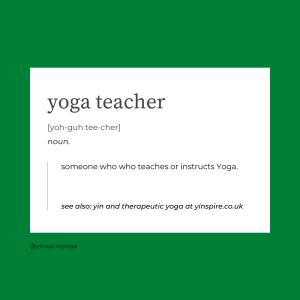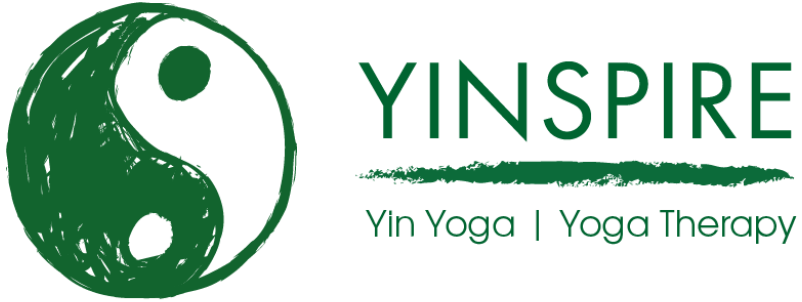 When considering the use of Yoga therapeutically to help our health and wellbeing – whether it is for something specific or just to feel better – we need to think about the regularity of our Yoga practice, and this is where a Home Practice comes in. The aim of a Home Practice is to consolidate and re-enforce what you learn with your Yoga Therapist or Yoga Teacher.
When considering the use of Yoga therapeutically to help our health and wellbeing – whether it is for something specific or just to feel better – we need to think about the regularity of our Yoga practice, and this is where a Home Practice comes in. The aim of a Home Practice is to consolidate and re-enforce what you learn with your Yoga Therapist or Yoga Teacher.
Practising Yoga at home will help cement its benefit in working on wellbeing or health issues, but with a few caveats, which I will touch on below. Indeed, if you want to see real change with Yoga Therapy you need to commit to some personal homework.
If you are working privately with a Yoga Therapist or Yoga Teacher, they should be able to give you suggestions as to suitable Yoga routines for home, and maybe even write out a programme for you to follow – in the Yoga Therapy world we sometimes refer to this as a Yoga Prescription.
Otherwise, you may want to take the favourite parts of a typical Yoga class you attend, and work from there.
Now, a few things to note. First, you don’t have to do a full-length class everyday – most classes are 60-90 minutes long, and that’s a big chunk out of your day. Starting with a consistent 15 or 30 minutes a day, five days a week is better.
Also, practising from home is not the time to push things – you will not have your Yoga Therapist or Yoga Teacher overseeing what you are doing, so keep things simple and unambitious – look to consolidate what you know, rather than experimenting too much, but equally be playful.
Do not be too rigid with a home practice – you do not need to do everything. One of the best skills a Yogi can learn is discrimination – what is right for me today? Done is better than Perfect.
If you have to miss a day or shorten a day, don’t be hard on yourself, life happens; but where possible try to be consistent as to the time you set aside for Yoga each day, and maybe create a ritual and a quiet area dedicated to Yoga. The latter doesn’t need to be a room devoted to yoga, maybe just a corner of a room or a little altar – and shut the door, grab a cuppa and switch your phone off.
Finally on these caveats, a daily Yoga Asana (yoga postures) practice can be quite hard on the body – so when you move away from weekly or biweekly classes to your own daily practice, you will want to incorporate more Pranayama (yoga breathing) and sitting practices such as Mindfulness or Meditation.
As a Yoga Therapist, my daily practice is normally five mornings a week, taken with my first cup of coffee, and most days about 45 minutes, maybe longer one or two days a week. A large part of my practice is spent with Coherent Breathing which I use to support my body and Nervous System with a busy life; I will normally do some other breathing practices as well, and maybe some simple seated yoga postures. I have a few go to routines for how my mind and body is feeling on any given day. The sense of rhythm and continuity is important for me, and if I miss my morning practice for more than a few days I notice it.
If Home Practice is daunting for you, ask your Yoga Therapist or Yoga Teacher for advice, or you can book a session with myself in person or online over Zoom. I have some routines on my website which may be a help to get you started.
You can learn more about my practice as a Yoga Therapist, and book appointments, at www.yinspire.co.uk/yoga-therapy
Jessica – Minded Yoga Therapist
